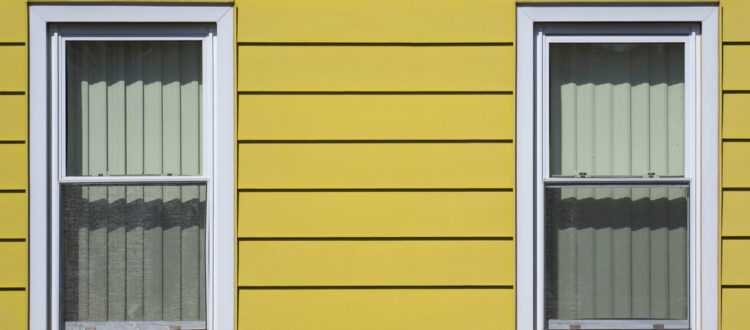Save Energy On The Side With Energy Efficient Siding!
If you’re looking for ideas for home improvements that can lower your energy bill, then we’ve got a great one for you: energy efficient siding. Investing in energy efficient siding is just one more way that you can increase the energy efficiency and property value of your home!
Aside from making your house look charming, upgrading your house’s siding can increase your energy efficiency by ensuring that your home is protected from the elements, making it easy to temperature control. This follows the same reasoning for using insulation: keeping the weather outside rather than inside makes it easier and cheaper to regulate your home’s internal temperature.
As with all investments, you’ll have to sink the initial cost, but you’ll begin enjoying those sweet, sweet savings in no time at all!
Vinyl siding is the standard, so we won’t dwell on the pros and cons here—you’re likely already aware of them. However, here are some great energy efficient and eco-friendly alternatives to consider if you choose to upgrade your siding:
Insulated vinyl siding
This variety of insulation is very similar to standard vinyl siding, but with one key exception— it also contains an extra layer of foam insulation. Remember what we said earlier about insulation?
Insulated vinyl siding does not require as much maintenance as regular vinyl siding and will stand the test of time while making your home more temperature controlled. The downside is the hefty price tag.
Fiber-cement siding
Fiber-cement siding is made of natural materials like sand, clay, wood-pulp fibers, and cement. It is very durable, resistant to rot, flame retardant, and even termite proof!
This variety of siding is incredibly low maintenance and durable, but since it isn’t as insulated as insulated vinyl siding, it won’t drive down your bills as much. However, there’s still an argument to be made for investing in siding that could last for a very long time and therefore save you money!
Wood siding
Wood siding is an incredibly eco-friendly option compared to its competitors, as it can be reused and recycled for other purposes. If you want to use wood siding, make sure that the siding you choose was produced by a sustainable, managed forest association.
The main downside is maintenance, chiefly staining to keep that wood protected from the elements and looking sharp.
Check out the rest of our Bright Insights blog for more information on renewable energy and energy efficiency advice!

